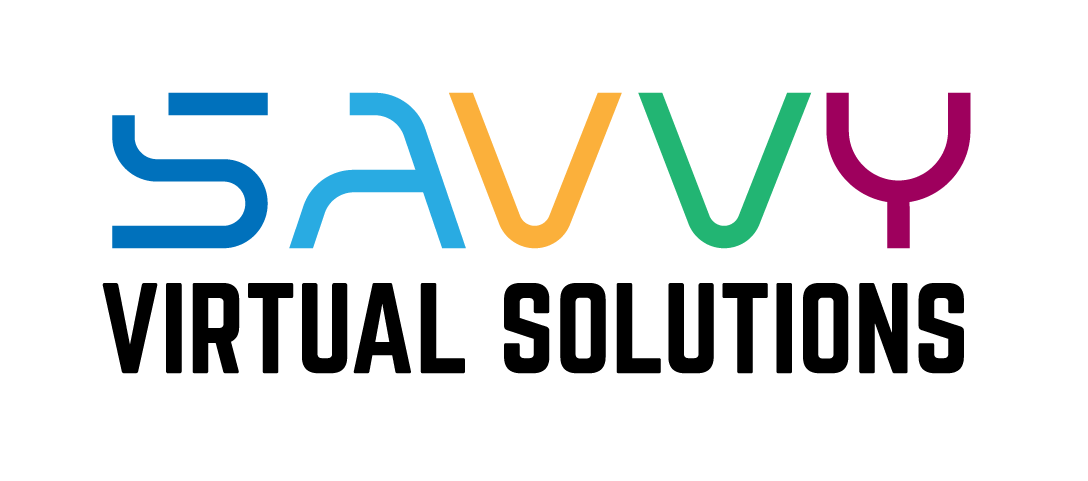Technology is no longer a luxury for nonprofits; it is a necessity for maximizing impact and streamlining operations. From improving donor engagement to automating administrative tasks, technology can transform how nonprofits function, enabling them to better achieve their missions. However, integrating new technology can be challenging without the right strategy. In this guide, we’ll explore the best practices for successfully integrating technology into your nonprofit organization to enhance efficiency and drive results.
Technology is no longer a luxury for nonprofits; it is a necessity for maximizing impact and streamlining operations. From improving donor engagement to automating administrative tasks, technology can transform how nonprofits function, enabling them to better achieve their missions. However, integrating new technology can be challenging without the right strategy. In this guide, we’ll explore the best practices for successfully integrating technology into your nonprofit organization to enhance efficiency and drive results.
Assess Your Current Technology Needs and Gaps
Before adopting new technologies, it’s essential to evaluate your nonprofit’s existing systems, processes, and needs. This assessment allows you to identify any inefficiencies or areas where technology could make a significant difference.
- Conduct a Technology Audit: Review your current tools and systems to determine their effectiveness. Are they helping you achieve your goals, or are they causing bottlenecks?
- Identify Key Challenges: Pinpoint the areas where your nonprofit is facing challenges, whether it’s donor management, fundraising, or internal communication.
- Set Clear Goals: Define specific goals that technology can help you achieve, such as improving donor retention, automating administrative tasks, or enhancing program delivery.
By conducting this assessment, you can ensure that the technology you implement aligns with your organization’s needs and priorities.
Choose the Right Technology Solutions
Once you’ve identified the areas where technology can improve operations, the next step is selecting the right tools and platforms. Nonprofits should prioritize solutions that are user-friendly, scalable, and tailored to the unique needs of the sector.
- Donor Management Software (CRM): Invest in a nonprofit-specific CRM like Salesforce Nonprofit Cloud or Blackbaud. These platforms offer features such as donor tracking, automated communication, and personalized outreach that can help you build stronger relationships with your supporters.
- Fundraising Tools: Explore online giving platforms, crowdfunding sites, and peer-to-peer fundraising tools that integrate with your CRM. Platforms like Donorbox, Classy, and GiveLively can simplify the donation process and increase contributions.
- Project Management Software: Tools like Asana, Trello, or Monday.com can help teams collaborate more effectively, track project progress, and ensure that deadlines are met.
- Cloud-Based Solutions: Adopt cloud-based tools like Google Workspace or Microsoft 365 to streamline communication, document sharing, and remote collaboration, especially if your team works from different locations.
The key is to choose solutions that are not only powerful but also easy for your staff to use, ensuring seamless adoption.
Train Staff and Volunteers on New Technology
Technology is only as effective as the people using it. Ensuring that your team is comfortable with the new tools is crucial for a smooth integration.
- Provide Training: Offer hands-on training sessions for staff and volunteers, covering the basics of the new technology and how it applies to their roles. Consider partnering with the technology provider for training resources.
- Create Documentation: Develop user guides or step-by-step tutorials that staff can refer to when they encounter challenges.
- Encourage Ongoing Learning: Technology is constantly evolving, so encourage your team to stay up-to-date with new features or tools that may be relevant. Offer regular training sessions or workshops to keep everyone informed.
By investing in training, you can ensure that your nonprofit fully leverages the benefits of its new technology.
Automate Repetitive Tasks to Save Time
Automation is a game-changer for nonprofits, allowing you to free up staff time and reduce the burden of manual tasks. By automating repetitive processes, you can focus more on strategic initiatives that drive your mission forward.
- Email Marketing Automation: Use platforms like Mailchimp, Constant Contact, or HubSpot to automate your email outreach. You can set up drip campaigns for new donors, automated thank-you emails after donations, and reminders for recurring gifts.
- Data Entry Automation: AI-powered tools can automatically capture and input donor data into your CRM, reducing errors and saving time.
- Scheduling and Calendar Management: Use AI-driven tools like Clara or Calendly to automate meeting scheduling, reducing the back-and-forth that can slow down productivity.
Automation not only streamlines your processes but also ensures consistency, reducing the chance of human error.
Measure and Monitor Performance with Data Analytics
Data-driven decision-making is essential for nonprofits to understand what’s working and where improvements are needed. By leveraging data analytics, you can track key performance indicators (KPIs) and adjust your strategies accordingly.
- Track Donor Behavior: Use analytics tools within your CRM to monitor donor engagement, giving patterns, and communication preferences. This allows you to optimize your fundraising efforts and tailor your outreach.
- Program Impact Assessment: Leverage data analytics to measure the effectiveness of your programs and services. You can track outcomes in real time and make adjustments to ensure your efforts are aligned with your goals.
- Website and Campaign Analytics: Use tools like Google Analytics to monitor website traffic, donation page conversions, and the performance of online campaigns. This data can inform future strategies and improve your digital fundraising efforts.
By regularly monitoring your data, you can make informed decisions and continually optimize your nonprofit’s operations.
Conclusion: Technology as a Catalyst for Nonprofit Success
Integrating technology into your nonprofit is no longer optional—it’s essential for staying competitive and maximizing your impact. By following these best practices—assessing your needs, choosing the right tools, providing training, automating tasks, monitoring data, ensuring security, and staying agile—you can successfully implement technology to streamline operations and achieve your mission.
Is your nonprofit ready to take the next step in its technology journey? By embracing the right solutions and strategies, you can enhance your organization’s efficiency and make an even greater difference in the communities you serve.

